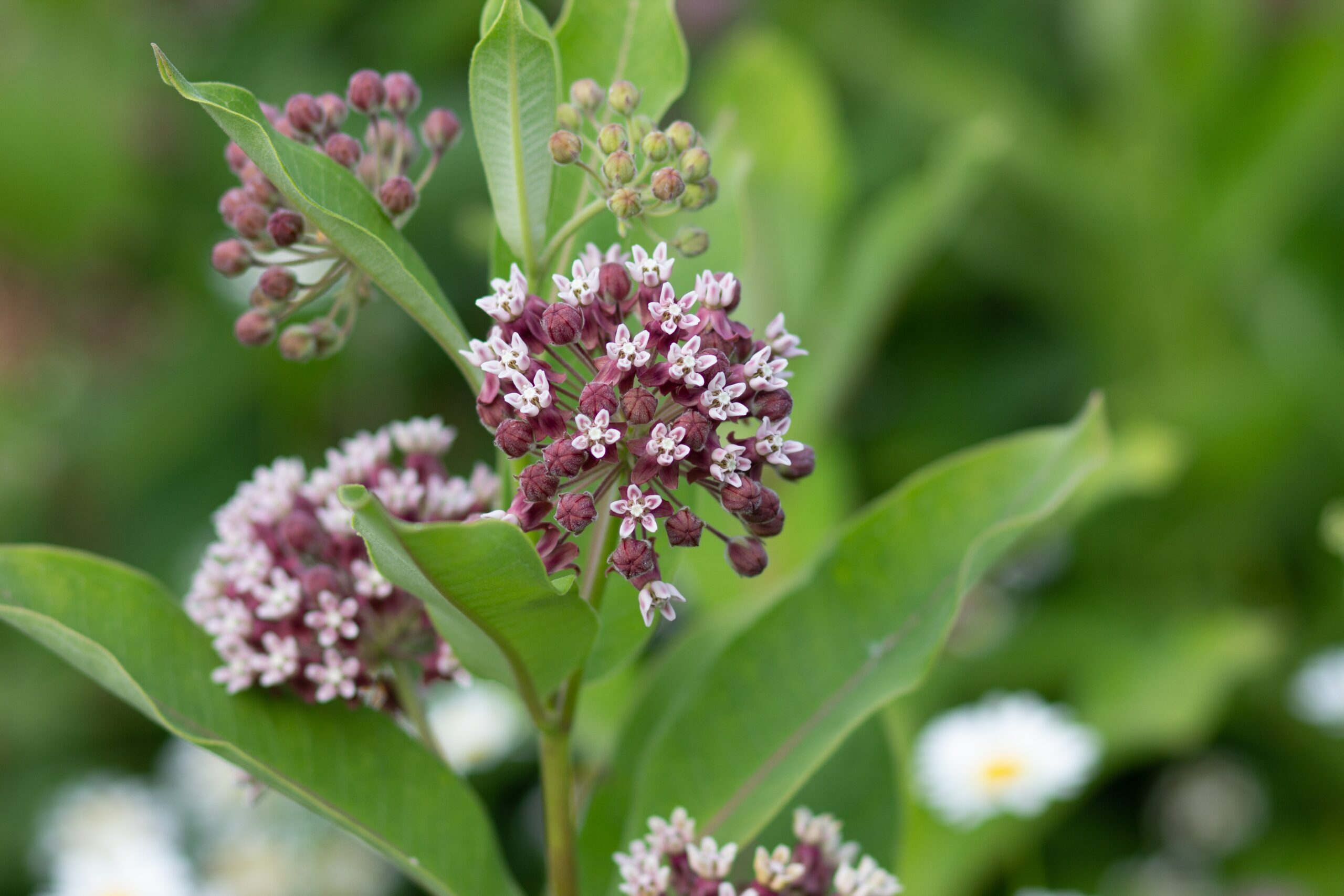The word mindfulness is being used a lot lately, especially when we talk about wellness. However, many people who are trying to create good health see mindfulness in the limited terms of watching what and how much they eat.
To me, mindfulness is about much, much more. When you think about what wellness is or if you Google it, it will direct you to weight-loss webpages or therapy of some kind. True wellness, though, is composed of seven different pillars. We need to consider each of these seven pillars when speaking of mindfulness. Being present in and aware of all the different aspects of our lives is crucial to our happiness and health.
If one of these pillars (listed below) is being ignored or mistreated, it will affect the other pillars in some way. Mindfulness is about moving through your day in a way that has you engaging with everything, so you feel, see, and take in all that your day brings, even the challenges and obstacles. The more mindful and aware we are of the obstacles, the better prepared we become and the better we get at course-correcting and recovering.
The first step to mindfulness is awareness. Technology depletes our awareness. Journalling is a great way to start connecting to yourself and get you adopting healthier habits so that you can practice wellness every day, in each of those seven pillars. Try answering the following questions in a journal: What does a typical day look like for you? How are you reacting to situations and people? What are your stress levels? How much time do you spend outside of work doing things with family or for enjoyment? What are your fears? It won’t always be perfect but when it isn’t, you become aware and you learn from it.
The next step involves the consideration of all seven of these pillars:
Physical: this is typically the first thing that comes to mind when you think of health and wellness. The truth is, physical wellness is much more than “losing a few pounds.” It’s about adopting healthy habits to obtain and maintain optimal health. This means increasing the activity part of daily living (walking, taking the stairs, not sitting as much), getting proper nutrition by eating well-balanced meals, and maintaining good sleeping habits.
Social: this pillar includes all of your relationships and how you interact with other people. It’s about the connections you have with other people and how you relate to them. Healthy, strong, and positive relationships give you support and increase happiness.
Spiritual: this means something different for each person. It can refer to your religion, values, faith, ethics, morals, etc. Believing there is something greater than yourself is humbling: for some people, this means a higher being; for others, this could mean a link with nature, other people, and/or all living creatures. This kind of belief connects you to nature and beyond, as well as connecting with yourself and what you believe in. A spiritual belief of some kind leads to meaning, purpose, appreciation, and a moral compass – all a part of personal growth.
Emotional: this is probably one of the most important pillars of wellness, but it is one we often avoid dealing with, perhaps by telling ourselves we are okay, or bottling up our emotions. Emotional wellness is stress management, self-care, relaxation, and even more importantly, understanding and/or managing your emotions. Accepting, acknowledging, and learning how to cope with emotions allows you to express them in a much better, healthier way.
Environmental: this is about your relationship with and connection to your environment, how you live and treat the earth and live in harmony with it. It is necessary for your health to be connected to nature, to be outside for sunshine, fresh air, and peace.
Intellectual: cultivating a sense of curiosity that is open to new experiences, concepts, creative activities, and skills enriches and stimulates our minds. This helps us live our lives with a more open mind, less fear of change, and provides challenges that keep us sharp.
Financial/Occupational: this pillar refers to how we interact with our jobs, any of our achievements at work, and how we view the work we do. We spend a good percentage of our day at our jobs, so this can directly influence how we practice wellness. This is also related to our finances, so understanding our relationship with money and our finances is a huge part of how we approach our lives.
When it comes to the different pillars, here is how you can be more mindful:
Physical wellness: your movements should have purpose and you should feel the connection between mind and body. Understand what you are doing and why. This means starting at a level that makes sense for you, challenging yourself with exercise or increasing your movement throughout the day, and connecting to your body. Your nutrition should be well-balanced: choose high-energy foods, but also eat the foods you love without guilt or shame. Mindfulness while eating includes knowing when to eat, when to stop eating, and paying attention to how you feel before and after eating. Be present during meals and avoid distractions so that you can enjoy your food and stimulate digestion. Getting enough sleep is a huge part of the ability to be mindful, but it must be good quality sleep. Take the time to unwind before you try to sleep, let go of the challenges of your day, and try to be more aware of the things you do just before bed. What you watch, what you are thinking, and when you last ate before going to bed are all things to be aware of; these can promote good quality sleep or lead you to identify what should be changed in order to get better sleep.
Spiritual and emotional wellness: these pillars flow into one another. How we handle and react to things in our day and what we choose to believe will affect how we move through life, the energy that we give out, and, even more importantly, how we receive energy. We can create mindfulness here with empathy, appreciation, and awareness. It is important to understand how you feel and the patterns in how you think, so you can take time before reacting to situations, leading to the ability to take things on in a healthier way. Understanding your own thought patterns and emotions will allow you to connect with others because you start listening effectively and learning about the other person. It is very hard to be mindful of emotions. This is where you need to start being okay with not being okay sometimes, and also understanding who you are on a deeper level. Meditation or deep breathing are great ways to connect to the self.
Social and intellectual wellness: these two also flow into one another. We can learn from one another, by effectively and deeply listening to what others have to say and keeping an open mind. Allow yourself to interact with new people and try new things. Creativity is something that helps keep your mind sharp but also uses your brain in a much different way from the more analytical side of the brain. Using your creativity can take some planning and requires you to be more aware of how you spend your time. This leads us to the next pillar: occupational and financial wellness.
Occupational and financial wellness: busyness is not a trait we should wear like a badge of honour. It actually can leave us extremely out of touch with other aspects of our lives. We can be more mindful by striving for harmony between our work lives and personal lives (please note that “harmony” is achievable; “balance” is not). Overextending ourselves to have more material things, and so that others see us having these things, is what has us working at a level of extreme stress. Letting go of the need to have lots of things going on and focusing on that harmony I spoke of is a great way to manage some of the stressors around work and money.
Environmental wellness: here, being mindful is as simple as not littering and treating the earth with better care. Plant trees and flowers or grow a garden. Take part in outdoor activities and really pay attention to how beautiful it all is. This is very humbling and relates to our spiritual wellness: it helps you understand that there are things much greater than ourselves and puts us back in touch with nature.
This might seem like a lot, but, honestly, we do all of this every day. We just haven’t been paying attention. We have become very robotic. We get up and go through our day in a trance. At the end of your day, reflect back and see how much you remember. Most likely it is not much. We use routines to keep us efficient, but that efficiency isn’t for us, it’s to move through the day to get things done (mostly for others). Often, we still feel overwhelmed and like we are running on empty.
Ignoring all the things in your life that challenge you isn’t going to help you move forward. It shuts down your intuitiveness until you are no longer mindful. Many of us have given our power away even further, by relying on apps, phones, and technology to tell us everything.
By being more mindful and slowing down, you create more intuitiveness: you begin to feel and recognize the messages your body is sending you and embrace them. You listen to your body and to other people and learn, in turn making your life much more enjoyable. You create more amazing memories, better relationships, more enjoyment at work, have more fun, and best of all, you create a level of happiness that works in your favour, helping you to make better decisions.
Mindfulness is the ability to be present, being aware of what we are doing, where we are, and why. Being mindful allows us to avoid being overly reactive or overwhelmed by what’s going on around us. It allows us to let go of what we can’t control and course-correct when life’s obstacles get in our way.





